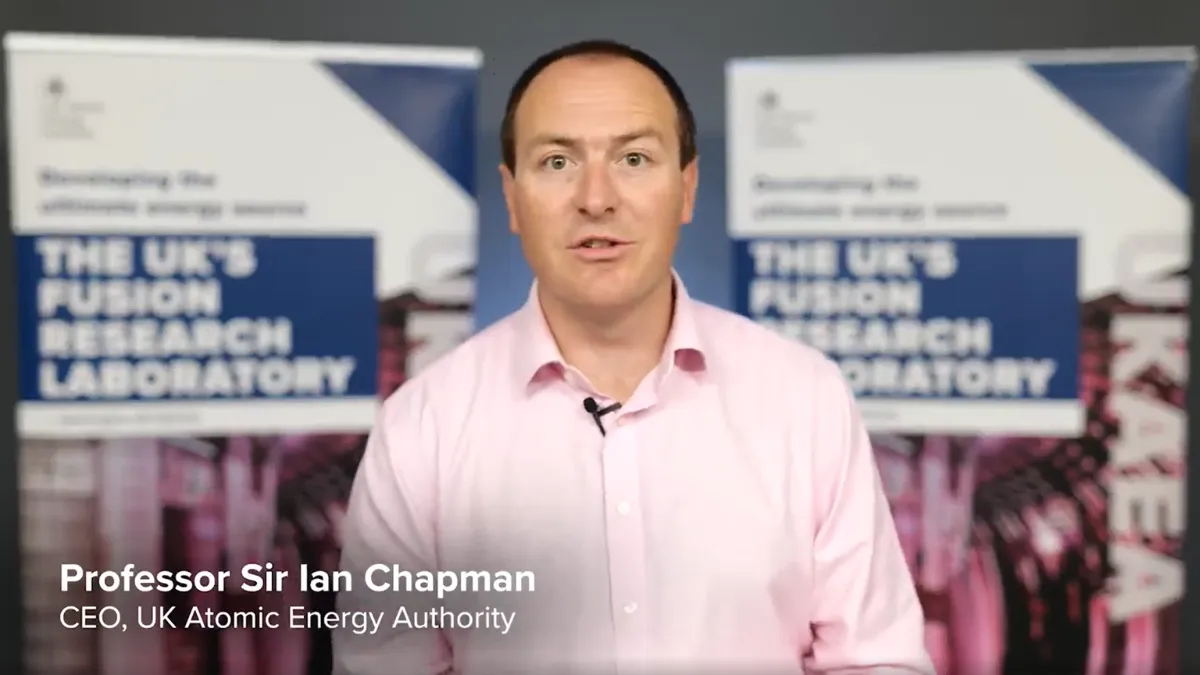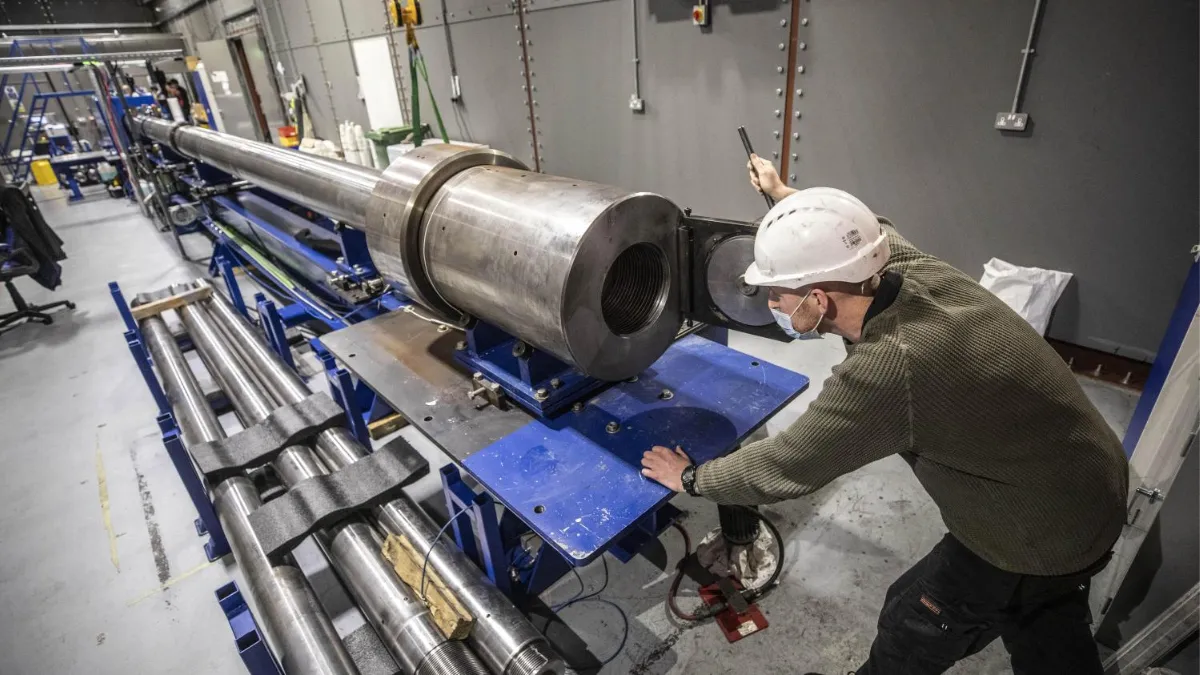Government announces up to £650 million for UK alternatives to Euratom
Following the decision to not associate to the Euratom Research and Training Programme, the UK Government announces funding for ambitious, industry-directed fusion R&D in the UK.
Let’s dig into this story and the significance.
What have they done? - Funding for the UK’s ambitious fusion strategy
The UK Government announced £650m in new funding for fusion on 7th September 2023. This is as an alternative to the UK rejoining Euratom.
At the same time as this announcement, the UK Government announced that it will associate to scientific research collaboration programmes, Horizon Europe and Copernicus. This is great news for researchers and was welcomed by many.
However, the UK has decided not to re-associate to Euratom, preferring instead to pursue its own domestic fusion strategy with a new, cutting-edge alternative programme, backed by up to £650m to 2027. This is in line with the preferences of the UK fusion sector.

Home to the Department for Energy Security and Net Zero
What is Euratom?
Euratom is the European Atomic Energy Community. The following is from the UK House of Commons Library, where you can also download a full briefing document.
“Euratom was established in the 1950s as part of the creation of the European Community. The UK became a member of both on 1 January 1973. Euratom provides the basis for the regulation of civilian nuclear activity, implements a system of safeguards to monitor the use of civil nuclear materials, controls the supply of fissile (able to undergo nuclear fission) materials within EU member states, and funds leading international research.”
Why is this surprising? - UK fusion opts to go it alone
In line with researchers preferences to rejoin Horizon Europe, the world’s largest research collaboration programme, one might have expected that the fusion community preference would have been to rejoin Euratom, and therefore the ITER programme, as well.
This may have been the case early on, but the UK has now been out of these programmes for the last three years and British companies have been blocked from bidding for ITER contracts. Therefore, they’d rather see the money go into UK fusion directly.
The feeling amongst the private fusion companies is that it’s an opportunity to do things differently. They received little benefit from Euratom anyway, but they don’t want the money to be spent in same ways as before. The Fusion Industry Programme needs development to better serve the private fusion developers too.
There’s also an industry concern that £650m is a lot of money to spend by 2027, especially if procurement processes are slow.

Professor Sir Ian Chapman talks about the importance of the decision via video, © UK Atomic Energy Authority
Why is it important?
Sir Ian Chapman summarised the importance of this decision as 4 main reasons in a video put out on the day:
-
The size - “There has never been an investment like this into the fusion programme before.”
-
The opportunity to collaborate - “It’s a national programme with global reach.”
-
The investment into the private fusion industry
-
The unparalleled investment into skills development
Also, it’s good to have clarity on the decision of association with Euratom and the European research programmes Horizon and Copernicus. Critical research funding and progress for fusion had been held up because the British Government had not had clarity about UK access to EU fusion science programmes and ITER. Now progress can be made.
A UKAEA statement said: “UKAEA welcomes the clarity about our future relationship with the Euratom Research and Training programme which provides the certainty needed by the sector.”
This new funding is a doubling of the UK's domestic fusion budget. This is clearly good news for the sector.
It’s in everyone’s interest to collaborate. Yes, countries are increasingly wanting to pursue their own fusion strategies and set themselves up for a fusion power plant. Germany just made an announcement on their intention to do this on 5th September, two days before this announcement. But the research is global, the deployment will be global and the future impact will be global. There are still a number of challenges to overcome before we are building fusion power plants so collaboration will be key and the strengthening of international relationships is desired.
This investment is said to be going into capability in the fusion industry, not just funding for academic research. The bulk of the funding will go into facilities, such as for fuel cycle development and technology transfer, and industry-building activity such as the Fusion Industry Programme, STEP and ITER industry.
At Fusion Energy Insights, we’d be very happy to see a good chunk of the money go directly to private fusion developers to help crowd in further investment to accelerate their plans. Benefits would flow throughout UK industry.
There’s also funding for skills, which will be vital for growing a commercial fusion industry and could even be a roadblock if there is insufficient skilled workforce.
Nick Walkden, UK Director of the Fusion Industry Association said: “This is a very exciting announcement, and I am looking forward to working with the fusion community and Government to make sure that this delivers for the fusion industry.”

First Light Fusion's hyper-velocity gas gun helps make fusion possible © Richard Pohle, The Times
What’s next?
The government is making a decision about how the funding should be allocated. For Government to see the most value it should work with industry alongside UKAEA to determine ways for each stream to move quickly.
The Fusion Industry Association said in a statement: “The UK has a strong history of leadership in the elements that will push fusion to deployment: regulation, supply chain, workforce, and planning. We encourage the government to maintain and enhance this position by implementing a programme that is focussed on the commercialisation of fusion—by building broad industry capability, attracting and incentivising inward investment, enhancing international collaboration, and by creating new high calibre jobs within the UK’s fusion industry.”
There is a strong desire for international collaboration within fusion from all the fusion players.

The future of fusion in the UK - Artist’s impression of General Fusion’s planned plant at Culham, UK. © AL_A for General Fusion.
UKAEA said in a statement: “We welcome the ambition to retain, and even enhance, our international collaborative relationships through this substantial package of alternative R&D.”
And the FIA said: “The UK should also now seek a new, direct, and mutually beneficial relationship with ITER that continues the long-standing tradition of cooperation underlying fusion development, including exploration of a role as an independent full partner.”
This decision not to re-associate to Euratom is an opportunity for the UK to really make strides in its domestic fusion programme, particularly if the money can be deployed quickly and also used for the benefit of the private fusion companies as well as the supply chain. The decision is not about not wanting to be part of ITER (the fusion community does), but more about wanting to move ahead rapidly with the commercialisation of fusion power, and the UK’s ambitious strategy with this new $650m in funding supports that aim.
